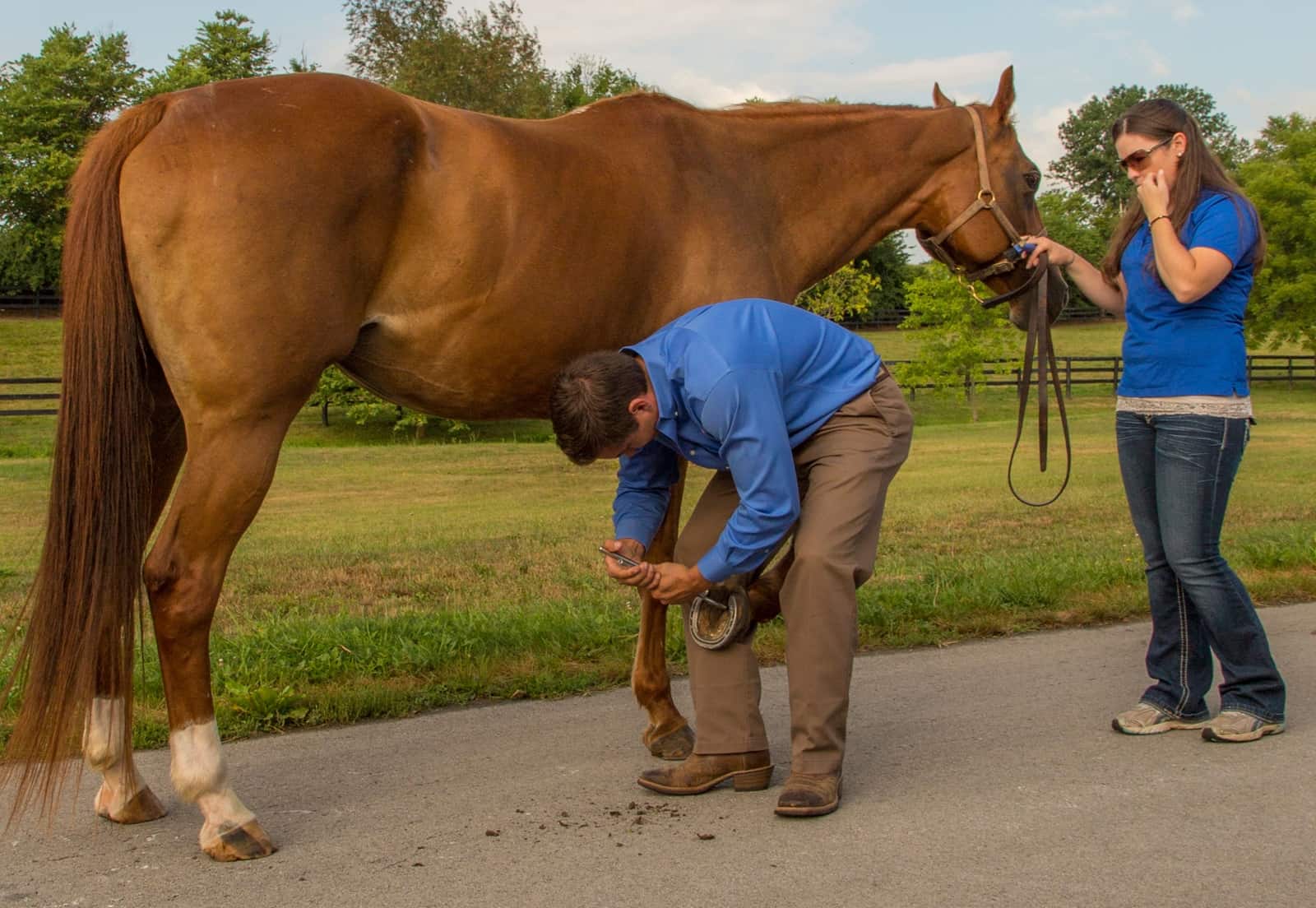Diagnosing Foot Lameness in Horses: Take a Systematic Approach

Turner operates Turner Equine Sports Medicine and Surgery, in Stillwater, Minnesota, and has served as an Olympic, World Equestrian, and Pan American games veterinarian over his career.
“During your exam, ask every question three times,” he said. “You will get six different answers, so it’s important to find out before you begin what the goal of your exam is.”
Also, the veterinarian should collect a complete history from the horse’s owner. With an established goal (i.e., why is the vet examining the hoof, and what is he or she trying to find?), Turner described for practitioners his approach to examining cases of equine foot lameness
Create a free account with TheHorse.com to view this content.
TheHorse.com is home to thousands of free articles about horse health care. In order to access some of our exclusive free content, you must be signed into TheHorse.com.
Start your free account today!
Already have an account?
and continue reading.

Written by:
Stacey Oke, DVM, MSc
Related Articles
Stay on top of the most recent Horse Health news with















